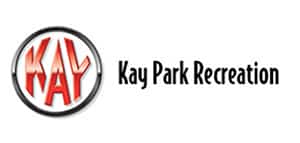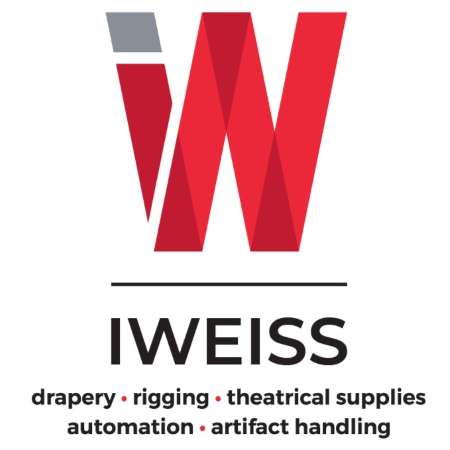Few audiovisual technologies have as broad of an appeal or variety of use cases as digital signage. Once primarily an informational tool for consumer-facing businesses, digital signage has found its way into nearly every public and private vertical.
K12 schools have increasingly embraced digital signage as a way to communicate inspirational content and messages in thoughtful ways that bring out the best of this diverse medium.
Here are five simple and straightforward examples of how K12 schools can make the most of their digital signage deployments:
School Safety
There are many reasons why school safety is prioritized in K12 districts today, from the typical to the unthinkable. A quality digital signage system enables simple connections to third-party data sources, such as emergency alerting and mass notification systems.
The CAP (Common Alerting Protocol) is widely deployed today in K12 systems to trigger real-time, campus-wide warnings about present or impending dangers.
Digital signage is therefore the fastest and most efficient means of alerting entire buildings to seek shelter from severe weather or enter lockdown mode if a suspicious person or vehicle is spotted on campus.
Additional toolsets exist to help schools reach students and teachers that are not presently nearby a digital signage display. Most digital signage vendors work in at least limited capacity with mobile device management companies (MDMs) that control, monitor and secure computers, mobile devices, and digital signage displays. Many schools with Apple environments, for example, work with MDMs such as JAMF or Moki.
The combined capabilities of a compatible digital signage vendor and MDM can deploy Airplay Interrupt to override AirPlay for important announcements and emergency notifications. Schools can then share accurate, real-time information with everyone by deploying digital signage onto iPads, iPhones, and desktop screensavers.
Wellness
The well-being of your staff and students extends beyond school safety and crisis prevention. Using digital signage to promote positive messages will impact academic success, youth behavior, and student and teacher wellness.
Social Emotional Learning (SEL) has become a key initiative in many K12 schools. While school safety and crisis prevention are important SEL components, SEL emphasizes the quality of the school experience. That means communicating self-regulation skills, coping strategies, mental health awareness and support opportunities offered through the school.
Digital signage primarily remains a visual communications tool at its core, no matter the business vertical. In K12 education, digital signage offers a perfect vehicle to share and reinforce the processes and procedures around teaching resilience, proactively sharing counselor and hotline information, and creating a positive school climate where everyone feels safe.
Ease of use is also paramount to sending clear, concise messages that resonate in your hallways, offices, and cafeterias. Work with a digital signage system that will help your school get off the ground quickly, whether through customizable templates or working directly with a vendor’s creative services team to assist with content creation.
Equity and Inclusion
Compassion is essential to fostering a positive school environment, and digital signage offers an opportunity to promote a clear message of acceptance. Every student and teacher—regardless of lifestyle choices, economic status, and impairments—should feel as though they are equal parts of the school community. That means offering an education that creates and nurtures valuable experiences, lifelong friendships, and lasting memories.
Accessibility programs are paramount to ensuring that all students have access to the learning tools they require to succeed. For example, choose a vendor that can convert digital signage channels into alternative browsing experiences for visually impaired students, which ensures that every student can receive important learning content.
On a broader level, it is important to celebrate and honor student successes. The promotion of positive youth behavior and student achievement creates a sense of pride amongst the school community. Simply highlighting accomplishments, recognizing birthdays, and sharing accolades helps students feel connected to their environment. Use digital signage to honor and recognize hard work and create a space where all students feel as though they belong.
QR Codes
QR codes are ubiquitous today, from restaurant menus and retail couponing to self-help kiosks in hotels, healthcare facilities and in-store environments. While some of us adults may groan at being forced to use them to scan menus, the youth of today have embraced and accepted this technology.
Why not integrate QR codes into your digital signage program?
QR code generation is simple and free. When students view a campus directory, menu board or bus schedule on a school’s digital signage network, they can trust that visible QR codes will allow them to take the information with them as they continue their journeys. For learning benefits, QR codes can provide easier access to videos and other course materials.
Fundraising opportunities are also made simpler, enabling parents and visitors to give without having to navigate a website or fill out a form, which rarely ends well. There is also the green benefit of ditching the paper for QR codes, reducing waste while creating a seamless experience for everyone.
Campus Communication
Many Christian and private schools operate one school, but perhaps also have separate administration and worship facilities on campus. No matter how expansive the operation, digital signage allows school districts or multi-building campuses to target messaging for the audience or age group of each building.
Increasingly, districts provide access to many content contributors in each school to publish timely and relevant messaging unique to that building. Digital signage also provides IT and technology managers with the flexibility to prioritize and override local messaging for “global” district-wide messages of varied priority levels.
Many schools use slides to promote messages that ultimately lack brand consistency or grow stale due to lack of scheduling abilities. Digital signage solves the problem through advanced content management and scheduling capabilities, and “smart” permission workflows based on contributor level.
Whether a single school, multi-building campus or expansive school district, the power of consistent communications across your digital signage network ensures that everyone collectively sees information vital to their location.
Digital signage has evolved as a technology to emphasize ease of use over technical prowess. It is easier than ever to get started, and easier than most anticipate when it comes to evolving your network’s content and capabilities.
Amber Ward is the director of marketing for Carousel Digital Signage, which is celebrating 25 years of building digital signage software that empowers people to create and consume visual information within their organization, www.carouselsignage.com.









